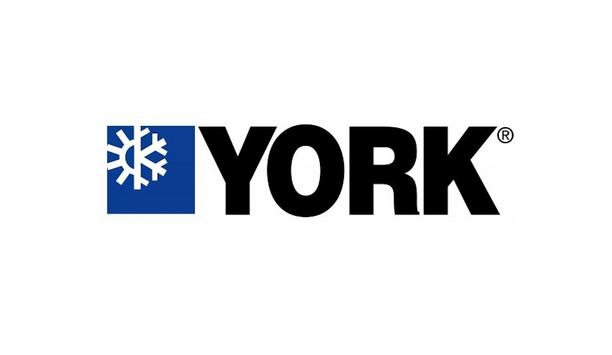The 887-page Project 2025 policy agenda for a conservative administration swings an axe at federal clean energy programs. The Heritage Foundation-led plan would repeal the Inflation Reduction Act and the Infrastructure Investment and Jobs Act and eliminate many Department of Energy programs.
That includes efficiency tax credits, home energy rebates, industrial demonstrations, appliance standards, the entire Office of Energy Efficiency and Renewable Energy, ARPA-E research, loans for clean energy projects, and much more.
Project 2025
To pick one important example, while Project 2025 does not mention “weatherization” once, it says the whole “Office of State and Community Energy Programs . . . should be eliminated or reformed” (page 369). That office includes the Weatherization Assistance Program (WAP). The proposal echoes budgets President Trump proposed while in office, which would have also zeroed out WAP.
Ending federal weatherization assistance would stop tens of thousands of low-income households annually from getting home improvements that lower their bills year after year while making homes safer and healthier. It would be a painful mistake.
A proven program for reducing utility bills
It funds and trains a network of CAPs around the country to implement the weatherization work
Created in 1976 by a law signed by President Gerald Fold, WAP has improved the energy efficiency of more than 7 million homes of low-income families.
It funds and trains a network of community action programs (CAPs) around the country to implement the weatherization work, either through contractors or their direct employees.
Reducing winter heating costs
After an energy assessor identifies problems in a home, weatherization workers make needed improvements, such as sealing air leaks, adding insulation, and replacing old HVAC equipment.
The improvements reduce winter heating costs (for gas, electricity, propane, or oil) and summer cooling costs (for electricity). Households that have been weatherized with the program's assistance save an average of $372 every year, according to a national laboratory evaluation.
Safety and health
Well-sealed home can maintain safe temperatures for days longer if heating or air-conditioning is lost
Weatherization also protects safety and health. It helps residents keep their homes from getting dangerously cold or hot, and it reduces indoor allergens and irritants, including dust and mold.
This reduces asthma rates, ER visits, medical costs, and missed work and school days. And with power outages from extreme weather becoming more frequent, a well-insulated, well-sealed home can maintain safe temperatures for days longer if heating or air-conditioning is lost, saving lives.
Basic home repairs
In addition, many homes receive basic repairs, like mold remediation or fixes to leaking roofs, that are needed before energy work can begin (if the “pre-weatherization” is extensive, CAPs use other funds).
More than 68,000 homes were weatherized through the program with federal funds in 2022, according to data from the National Association for State Community Services Programs.
Program funding
Terminating the central program in the Department of Energy would likely shut down the entire network
The number of homes weatherized has varied significantly over the years based on funding; the 2021 Infrastructure Investment and Jobs Act provided a significant boost set to last across five years.
Funding for the program comes from a combination of the Department of Energy, the federal Low Income Home Energy Assistance Program, states, and utilities. Terminating the central program in the Department of Energy would likely shut down the entire network.
Weatherization improves lives
For the families helped by WAP, the benefits are meaningful. Bennie Tillman Jr., of Athens, Georgia, said his house was drafty in the winter and expensive to cool in the summer. However, after contractors paid for by the weatherization program, added insulation, and sealed gaps, Tillman’s monthly bills in the hottest and coldest months were reduced by roughly $200.
Or consider Nikia Pickett of Baltimore, whose young son experienced frequent asthma attacks. Weatherization helped significantly. “Not having the exposure to the outside elements and the things that trigger his asthma—those things significantly decreased his asthma attacks,” said Pickett.
Weatherization has been attacked before
Both chambers of Congress advanced appropriations bills largely maintaining or increasing funding
President Trump proposed four budgets that would have eliminated funding for WAP. However, both chambers of Congress advanced appropriations bills largely maintaining or increasing funding for the program, and over the four years increased the program’s funding by 27% in real dollars. Trump administration delays in the implementation of weatherization funding received bipartisan rebukes.
Eliminating WAP would require congressional action. But Trump has previously attempted to impound funds to withhold dollars allocated by Congress in several areas, and some powerful conservative voices are calling for him to do so again more widely if he is elected in November.
More weatherization funding, not less, is needed
The next presidential administration and Congress should increase funding for weatherization, not cut or shrink a program with a strong record of reducing costs for American families. WAP’s budget is small compared to the task at hand. About 30% of households meet the program's income requirements; many have high energy bills, drafty homes with poor insulation and old heating and cooling equipment, or members with asthma.
It is easy to casually suggest eliminating a federal program. For a family that sees its energy bill reduced by hundreds of dollars year after year because of weatherization or has a child with asthma who can breathe well again, it is no small matter.














